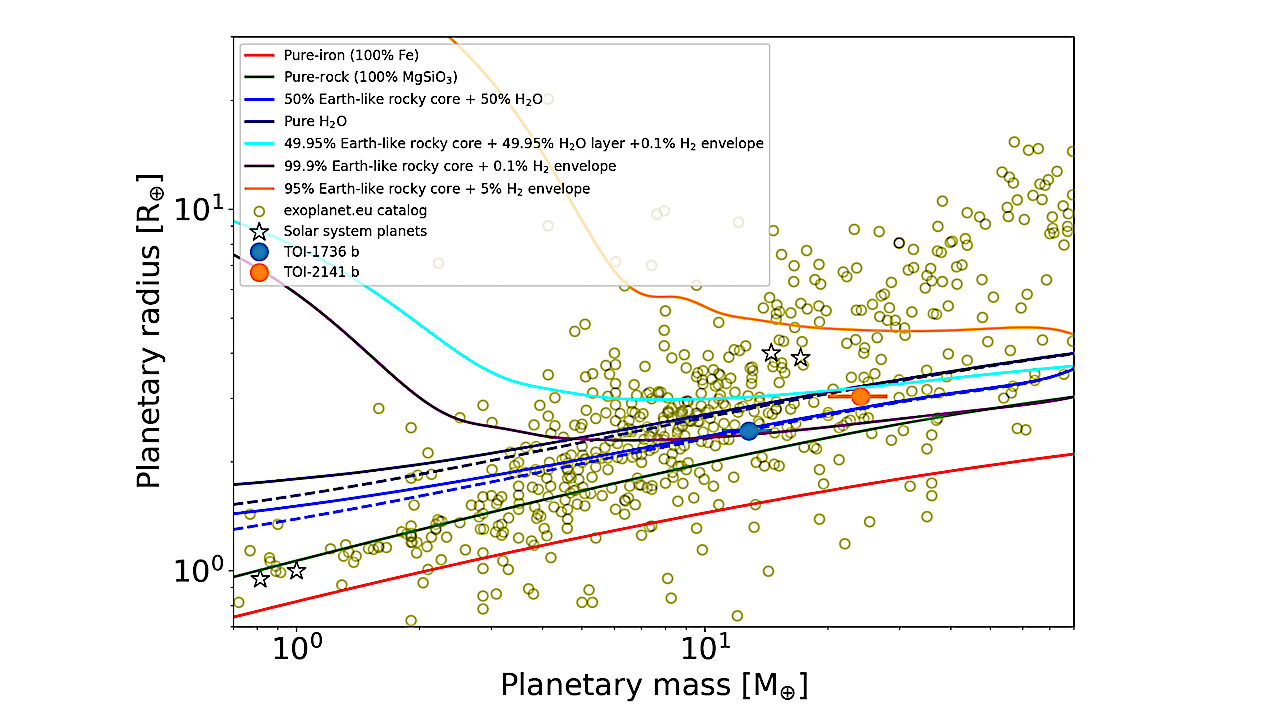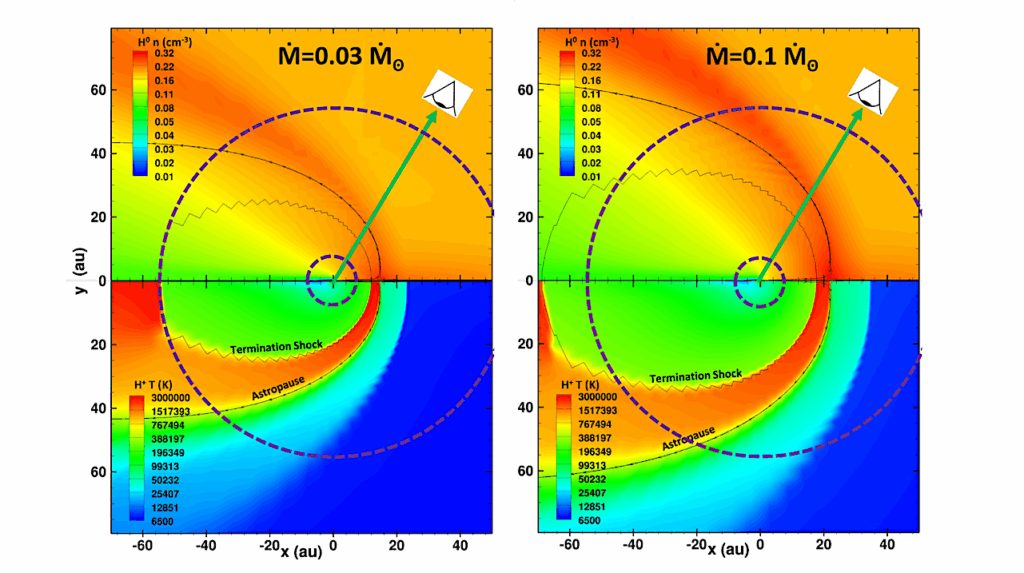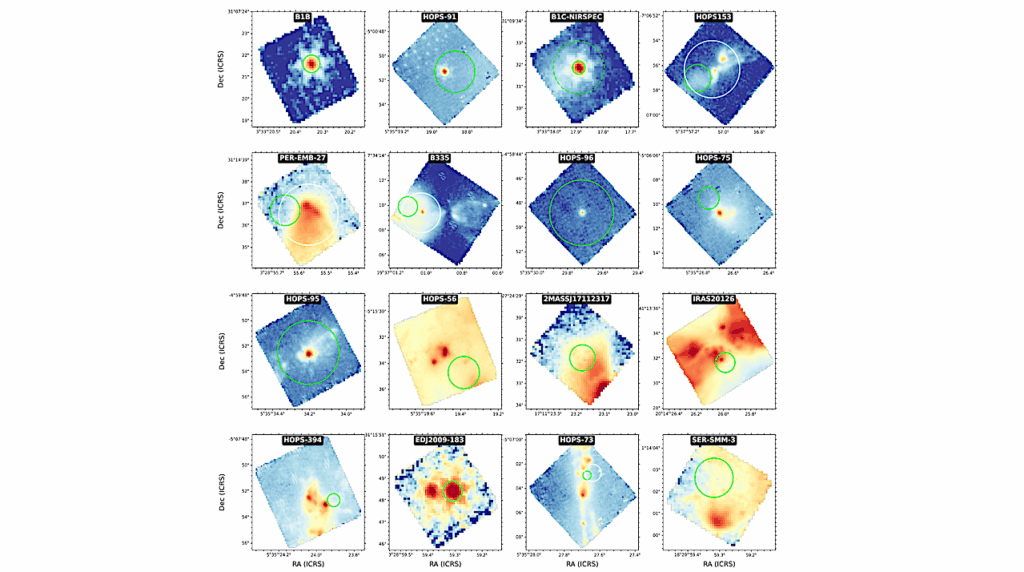TOI-1736 and TOI-2141: Two Systems Including Sub-Neptunes Around Solar Analogs Revealed By TESS And SOPHIE

Planetary systems around solar analogs inform us about how planets form and evolve in Solar System-like environments. We report the detection and characterization of two planetary systems around the solar analogs TOI-1736 and TOI-2141 using TESS photometry data and spectroscopic data obtained with the SOPHIE instrument on the 1.93 m telescope at the Observatoire de Haute-Provence (OHP).
We performed a detailed spectroscopic analysis of these systems to obtain the precise radial velocities (RV) and physical properties of their host stars. TOI-1736 and TOI-2141 each host a transiting sub-Neptune with radii of 2.44±0.18 R⊕ and 3.05±0.23 R⊕, orbital periods of 7.073088(7) d and 18.26157(6) d, and masses of 12.8±1.8 M⊕ and 24±4 M⊕, respectively.
TOI-1736 shows long-term RV variations that are consistent with a two-planet solution plus a linear trend of −0.177 ms−1d−1. We measured an RV semi-amplitude of 201.1±0.7 ms−1 for the outer companion, TOI-1736 c, implying a projected mass of mcsini=8.09±0.20 MJup. From the GAIA DR3 astrometric excess noise, we constrained the mass of TOI-1736 c at 8.7+1.5−0.6 MJup. This planet is in an orbit of 570.2±0.6 d with an eccentricity of 0.362±0.003 and a semi-major axis of 1.381±0.017 au, where it receives a flux of 0.71±0.08 times the bolometric flux incident on Earth, making it an interesting case of a supergiant planet that has settled into an eccentric orbit in the habitable zone of a solar analog. Our analysis of the mass-radius relation for the transiting sub-Neptunes shows that both TOI-1736 b and TOI-2141 b likely have an Earth-like dense rocky core and a water-rich envelope.
E. Martioli, G. Hébrard, L. de Almeida, N. Heidari, D. Lorenzo-Oliveira, F. Kiefer, J. M. Almenara, A. Bieryla, I. Boisse, X. Bonfils, C. Briceño, K. A. Collins, P. Cortés-Zuleta, S. Dalal, M. Deleuil, X. Delfosse, O. Demangeon, J. D. Eastman, T. ForveilleE. Furlan, S. B. Howell, S. Hoyer, J. M. Jenkins, D. W. Latham, N. Law, A. W. Mann, C. Moutou, N. C. Santos, S. G. Sousa, K. G. Stassun, C. Stockdale, G. Torres, J. D. Twicken, J. N. Winn, C. Ziegler
Comments: Accepted for publication in A&A on October 6, 2023
Subjects: Earth and Planetary Astrophysics (astro-ph.EP)
Cite as: arXiv:2311.07011 [astro-ph.EP] (or arXiv:2311.07011v1 [astro-ph.EP] for this version)
Related DOI:
https://doi.org/10.1051/0004-6361/202347744
Focus to learn more
Submission history
From: Eder Martioli
[v1] Mon, 13 Nov 2023 01:45:41 UTC (38,700 KB)
https://arxiv.org/abs/2311.07011
Astrobiology








